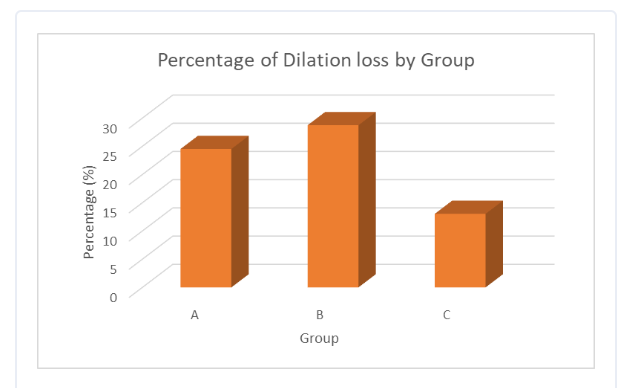


Journal of Pharmaceutical Research
Year: 2024, Volume: 23, Issue: 4, Pages: 233–236
Original Article
Aastha Shukla1, Vikas Kamat2,∗, Pramod Wartha2, Milind Sonone3
1Junior Resident, Vedantaa Institute of Medical Sciences, Palghar, Maharashtra, India
2Assistant Professor, Vedantaa Institute of Medical Sciences, Palghar, Maharashtra, India
3Professor, Vedantaa Institute of Medical Sciences, Palghar, Maharashtra, India
*Corresponding Author
Email: vikashwa@rediffmail.com
Background: Pupil dilation using topical mydriatics is one of the important pre-requisites prior to performing cataract surgery. There are various mechanisms through which mydriasis can be achieved. Parasympathetic and sympathetic nervous systems control the function of sphincter pupillae and dilator pupillae of the iris respectively. Therefore, parasympatholytic drugs like tropicamide and sympathomimetic drugs like phenylephrine of various strengths are commonly used for the purpose of pupil dilation. Objective: The aim of the study was to evaluate the efficacy, sustainability, and safety of topical mydriatics like tropicamide 1%, phenylephrine 10%, both when used alone and in combination of tropicamide 0.8% and phenylephrine 5% eye drops. Methods: It is a prospective observational study carried out from January 2024 to June 2024. The study included 87 patients who were posted for manual small incision cataract surgery (MSICS) after considering inclusion and exclusion criteria. Results: The patients were randomized into three groups of them receiving topical mydriatics, that is, Group A- tropicamide 1%, Group B- phenylephrine 10% and Group C- combination of tropicamide 0.5% and phenylephrine 5% eye drops. The pupillary diameter was noted at different stages of surgery and the results were analyzed. Following cataract extraction, it was found that the mydriatic effect loss was substantially larger for group A (24.5%) and group B (29%) than for group C (13%). We report the comparison of efficacy of topical mydriatics such as tropicamide 1% and phenylephrine 10% when used alone at a higher concentration, versus their use in combination with reduced strength, that is, tropicamide 0.8% and phenylephrine 5%.
Keywords: Tropicamide, Phenylephrine, Topical mydriatics
© 2024 Published by Krupanidhi College of Pharmacy. This is an open-access article under the CC BY-NC-ND license (https://creativecommons.org/licenses/by-nc-nd/4.0/)
Subscribe now for latest articles and news.